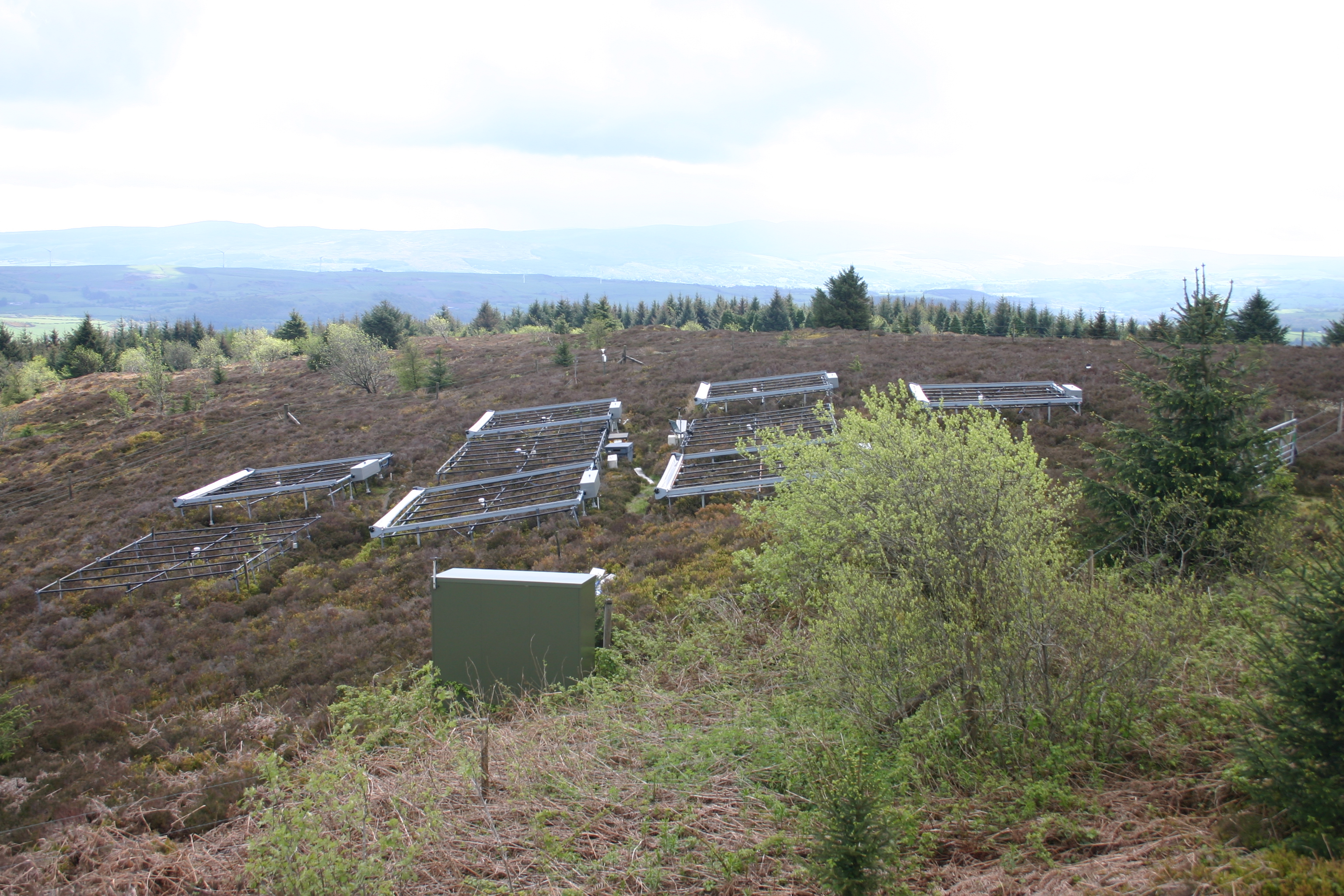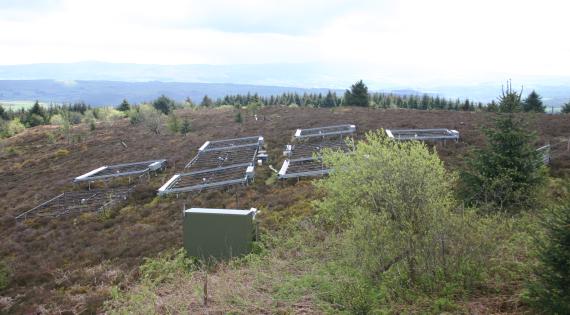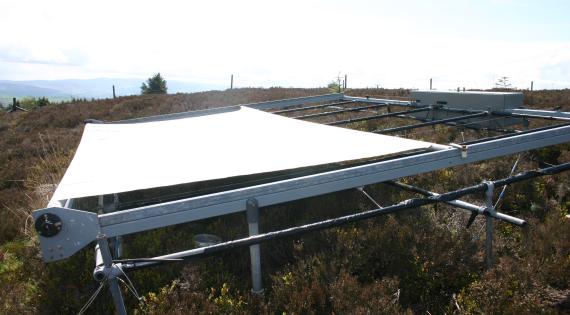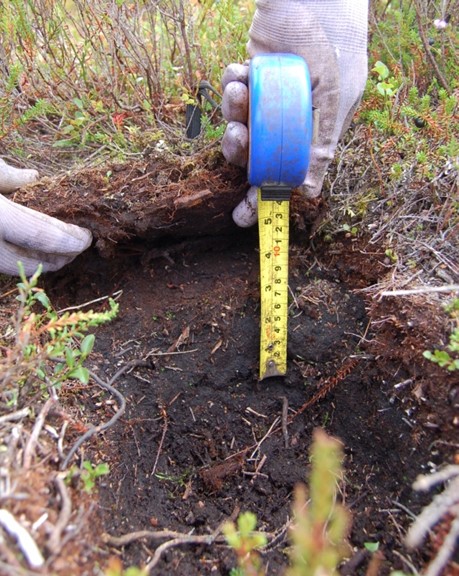The Heathland Climate Change Experiment at Clocaenog is used to test how drought or warming impact upland ecosystems, which can be an important source or sink for greenhouse gases. This experimental site has run for more than 25 years and provides important data on wet, carbon-rich soil for UK, EU and global networks. Above and belowground sensors allow for continuous measurements of environmental variables.
To date, research from the site contributed to 69 scientific publications of local, European, and global nature, and produced 19 datasets. The site is also part of the Ecological Continuity Trust, a UK network of long-term experiments.




